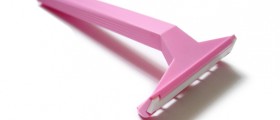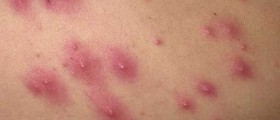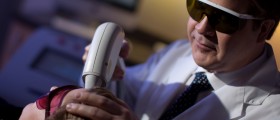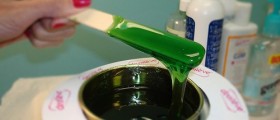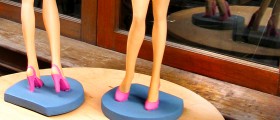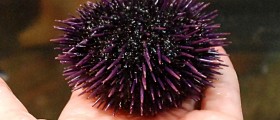Removing hair from different parts of the body, including the pubic area, used to be practiced only by women. Now it has become popular among men too. Different methods can be used to remove hair from the pubic area, such as shaving, waxing, depilatory creams, electrolysis, and laser hair removal. None of these methods are perfect and each of them carries its own risks. Here we concentrate on possible complications related to shaving the pubic area.
Itching
Itching after shaving the pubic area is usually due to skin damage inflicted by your razor. This makes the skin dry and irritated. Itching can last for days and can be very annoying. To avoid this, use razors that are sensitive and specifically designed for the pubic area. Use shaving creams and avoid using soap because it can dry your skin even more. After shaving, apply some hydrating cream to your pubic area, if possible 2-3 times daily.
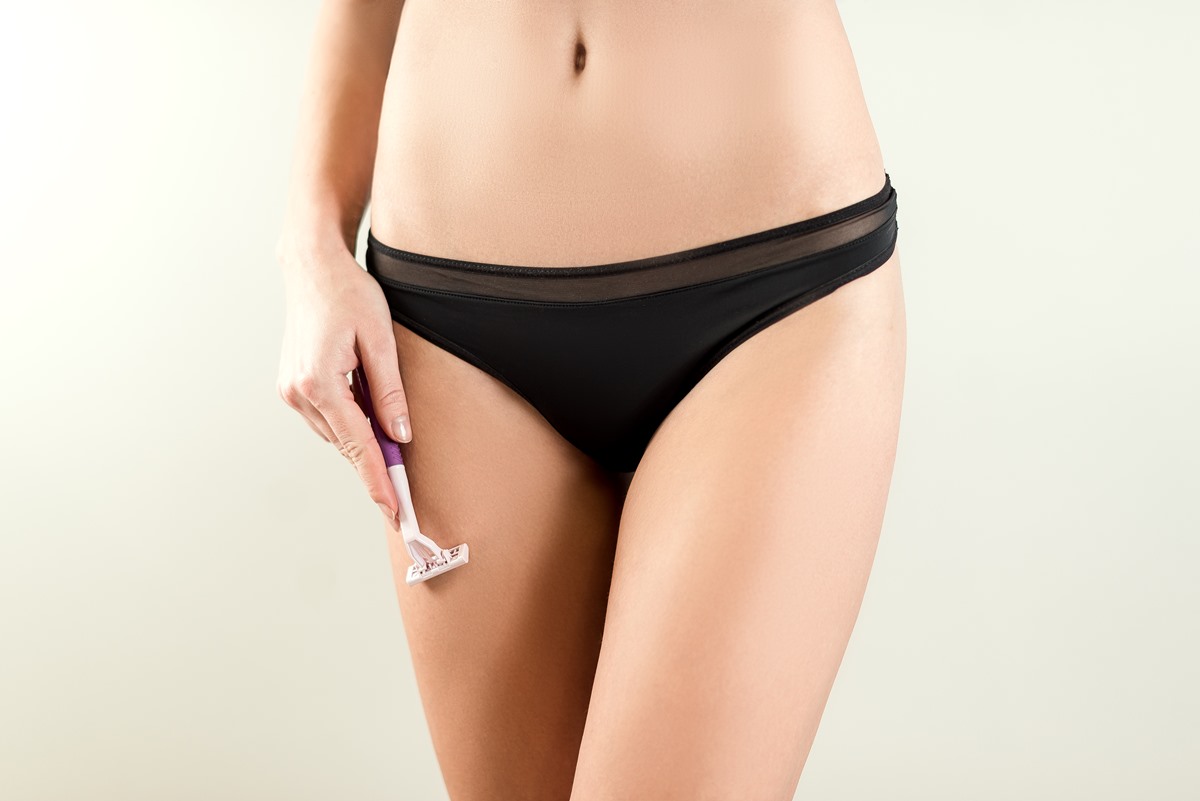
Razor Burn
If you shave very frequently, you may get a red rash called razor burn. It is caused by using dull blades, fast movements, soap, and dry shaving. To avoid this, it is enough to be gentle and use the appropriate blade. Never shave dry, as it almost always causes razor burns, even after one shaving.
Folliculitis
Folliculitis is an infection of the hair follicle. It is almost always caused by the bacteria called Staphylococcus aureus. This bacteria is normally present on the skin surface as a part of the normal bacterial flora. If the skin is damaged by shaving or other causes, it can enter the skin structures such as hair follicles and cause infection.
The symptoms include itching, irritation, pain, pimples, and pustules in the affected area. If not treated, the infection can become more severe. In case of mild, localized folliculitis, it is often enough just to keep good hygiene and to avoid things that can worsen the infection. The infection will eventually disappear. For moderate and severe cases, antibiotic creams or oral antibiotics are used.
Pseudofolliculitis
Pseudofolliculitis is an inflammation of hair follicle that is not caused by a real infection, although it can look very similar to one. The cause is usually an ingrown hair. Razor blades cut hair slightly above the skin surface, so it often happens that hair curls back and penetrates the skin. This is manifested as a rash in the form of red bumps.
Logically, this condition is more frequent in people with curly hair. If you are susceptible to pseudofolliculitis, avoid razor blades and use some of the other methods for hair removal. It has been shown that hair length should be at least 0.5 mm to 1 mm to avoid ingrown hair. If you get pseudofolliculitis, do not shave your pubic area for the next 3 to 4 weeks to allow healing. Apply hydrating creams and consult your doctor to ask if antibiotics are needed.
Cuts
When using razor blades, especially if you are in a hurry, razor cuts are a real problem. Use razors gently and with caution to avoid cuts, as some of them can cause infection and lead to permanent scarring.
- DeMaria, A.L., Flores, M., Hirth, J.M., Berenson, A.B. (2014). Complications related to pubic hair removal. Am J Obstet Gynecol. (6):528.e1-5.
- Photo courtesy of SteadyHealth


